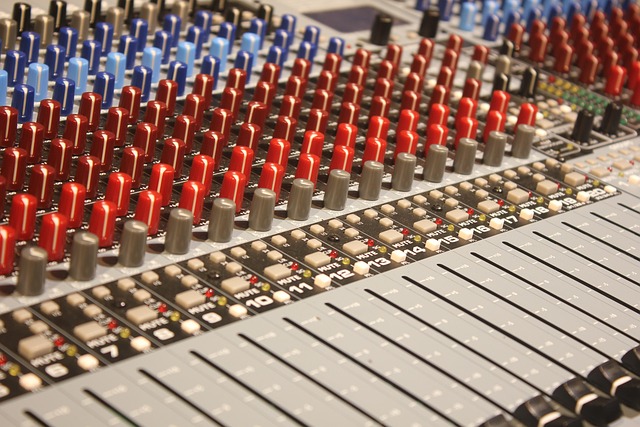Behind every captivating song, every heart-stopping movie moment, and every immersive podcast episode lies the meticulous craftsmanship of a sound engineer. Often working in the shadows, these sonic artists manipulate waves of sound to create experiences that elicit emotion and transport us to different worlds. The journey of a sound engineer is filled with both challenges and triumphs, shaping how audiences connect with audio in myriad ways.
Imagine stepping into a recording studio for the first time. The air is thick with creativity, buzzing with potential. You find yourself surrounded by an array of equipment: microphones of all shapes and sizes, mixers that seem to hold secrets, and monitors that promise to unleash the fidelity of sound. This is where audio magic happens, and the sound engineer stands at the helm, ready to turn raw recordings into polished gems.
The day-to-day life of a sound engineer is a balancing act of technical prowess and artistic vision. The process often begins long before the artists even show up for a session. A significant part of the job involves preparing the studio, setting up the gear, and meticulously planning how to capture the hoped-for sound. This includes everything from selecting the right microphone to configuring the perfect acoustics of the space.
As recording begins, the sound engineer becomes a guiding presence, fostering an atmosphere where creativity can flourish. They must possess an acute sense of ear, able to discern the finest nuances in pitch and rhythm while adjusting levels to ensure every element shines through. This delicate dance between artistry and technology is what makes the role so compelling; each decision influences the final soundscape, impacting how listeners will experience the piece.
However, the life of a sound engineer is not without its trials. It’s a profession that demands patience and resilience, as unexpected challenges can arise at any time. Equipment malfunctions, artists’ varying moods, and tight deadlines can all test an engineer’s ability to adapt and innovate on the fly. Yet, that pressure can also lead to exhilarating breakthroughs, the kind that remind a sound engineer why they fell in love with audio in the first place.
The collaboration aspect of the job is equally vital. A sound engineer works closely not only with artists but also with producers, musicians, and other creative minds. These interactions create a dynamic tapestry of ideas and emotions, each contributing to the final product. The engineer serves as a bridge, translating the artist’s vision into tangible sound while ensuring that the essence of the piece is preserved.
Once the recordings are complete, the sound engineer enters the world of mixing and mastering. This stage is where the magic truly comes together, refining raw tracks into a cohesive work of art. It requires a deep understanding of audio physics, a discerning ear, and often a touch of gut instinct. Through this process, the work transitions from the studio to streaming platforms, radio waves, and beyond, reaching hearts and ears all over the globe.
For those captivated by the world of sound engineers, the allure often lies in the ability to influence how stories are told and experienced. In essence, every sonic decision made contributes to a greater narrative, inviting audiences to feel, reflect, and connect in ways that resonate deeply.
As the digital landscape continues to evolve, the role of the sound engineer adapts alongside it. New technologies and techniques emerge, allowing for even more creativity and exploration. Yet, at its core, the heart of the profession remains unchanged—a commitment to crafting sound that moves us in profound ways.



